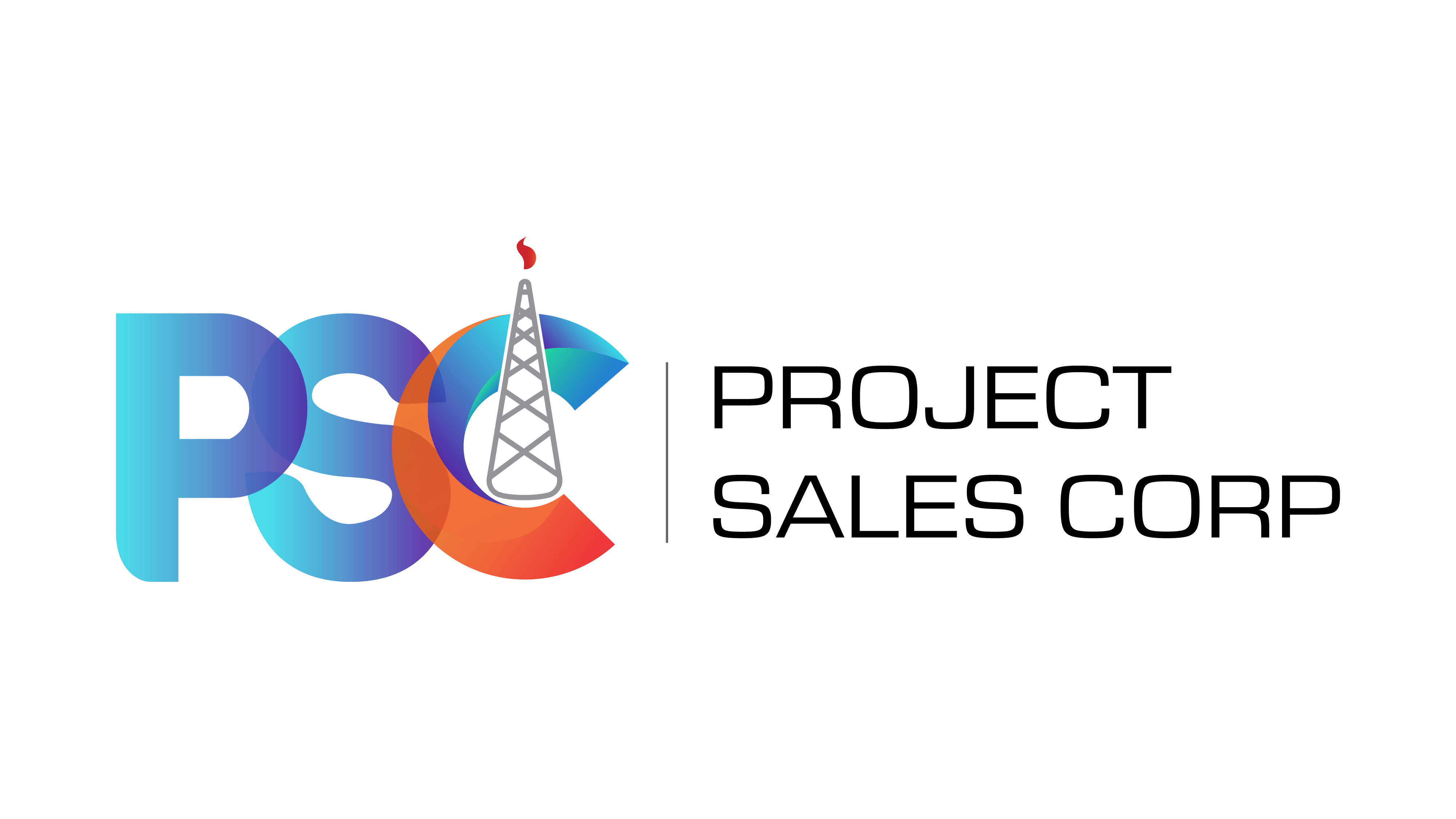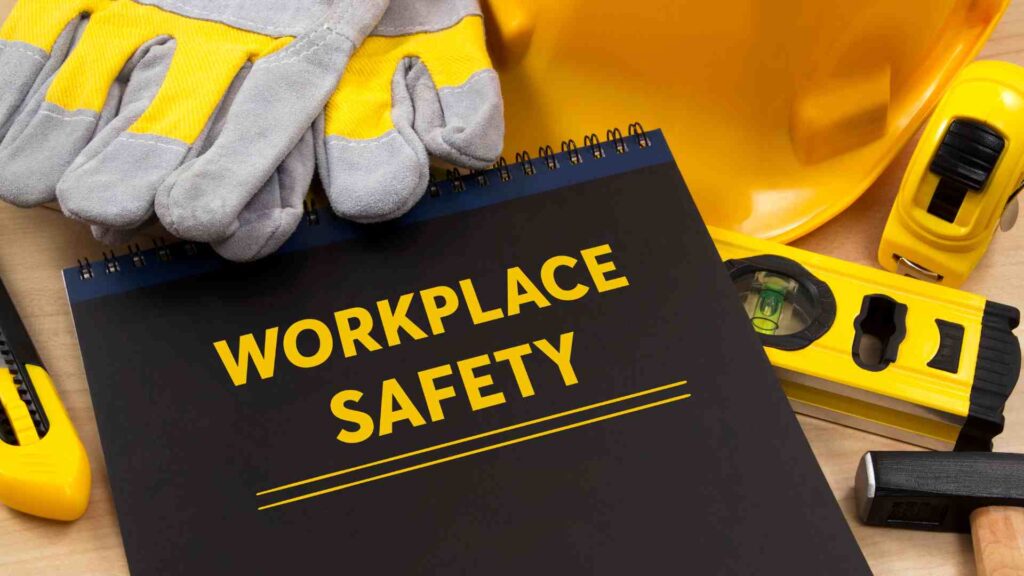The gas and oil industry is one of the most important industries in the world, providing the energy needed for our daily lives. However, this industry is also one of the most dangerous. Many workplace hazards that can cause serious injury or even death. To ensure the safety of workers in the gas and oil industry, companies must implement tailored workplace safety solutions that address the specific hazards and risks encountered in this industry. PSC will give you six essential workplace safety solutions for the gas and oil industry.
I. Understanding the Risks Faced by Workers
The oil and gas industry is considered one of the most dangerous industries for workers. The industry is characterized by a range of hazards that can cause serious injuries and fatalities. Therefore, workers in the oil and gas industry face numerous risks daily, including exposure to toxic chemicals, high-pressure equipment, heavy machinery, and extreme temperatures.
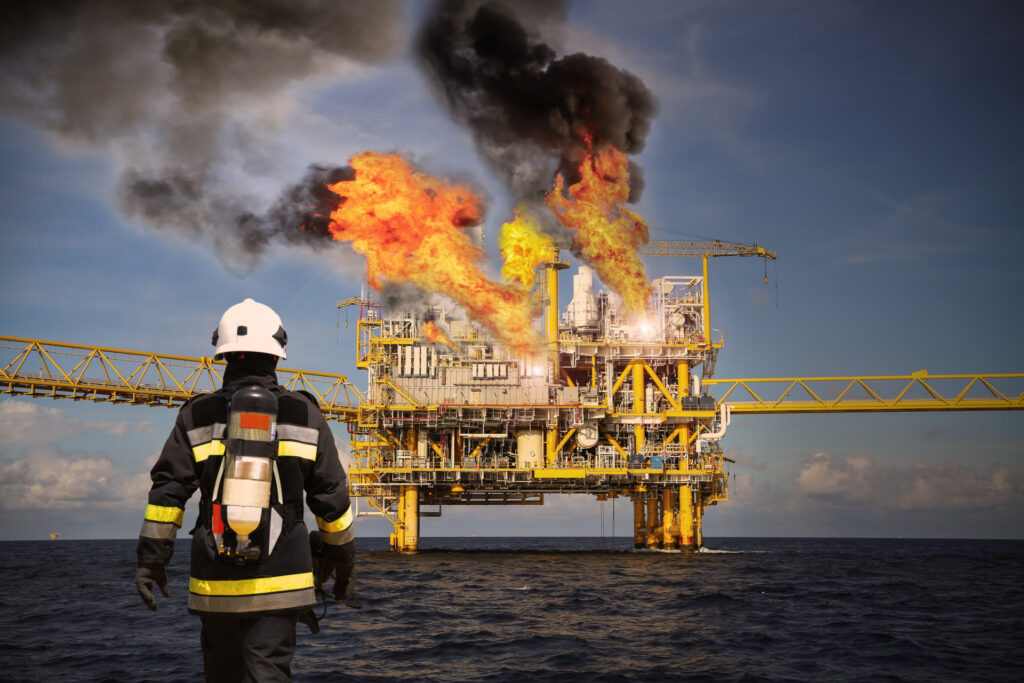
One of the most common hazards in the oil and gas industry is falls, slips, and trips, which can result in serious injuries or fatalities. In addition, workers in the oil and gas industry may face the risk of explosions and fires caused by equipment malfunctions or human error. They may also be exposed to toxic chemicals, including benzene, hydrogen sulfide, and volatile organic compounds. Long-term exposure to these chemicals can lead to serious health problems, including cancer, respiratory diseases, and neurological disorders.
In addition to the physical hazards, workers in the oil and gas industry also face mental health risks. The industry involves working in remote and harsh environments, which can lead to isolation, stress, and mental health issues.
Despite the high risks associated with the oil and gas industry, employers have workplace safety solutions to ensure the safety of their workers. Employers must provide adequate training, personal protective equipment, and safe work procedures to minimize the risks of accidents and injuries. To ensure the safety of the workplace, it is important to carry out routine safety inspections and hazard assessments to identify and eliminate any potential hazards.
II. 6 Helpful Workplace Safety Solutions
The oil and gas industry is a high-risk industry, with numerous hazards that can cause serious injuries and fatalities. Therefore, we needs some workplace safety solutions to protect workers and prevent accidents.
1. Encourage Effective Communication

The workplace of a drilling operation is intricate, involving workers performing multiple tasks in different locations that must be synchronized for optimal production. Accomplishing this requires extensive communication utilizing a range of methods, such as radio conversations, direct verbal contact, hand signals, horns, and other means.
The first workplace safety solutions are to make sure you understand all the signals and codes and practice them to keep yourself proficient. If you carry a radio, check its performance and battery at the start of each shift. Know emergency procedures regarding how to contact help and who is responsible for doing so. Finally, use your hearing protection so that your ears are not ringing when you need to communicate.
2. Proactively Check the Mental Well-Being of Employees
The hazardous working environment in the oil and gas industry can have a negative impact on the physical and mental health of workers. Despite significant strides made in improving safety, mental health has often been overlooked in the industry. However, mental health is just as important as physical health, and companies have a responsibility to actively monitor the mental health of their workers.
Mental health issues can arise in the oil and gas industry due to factors such as long work hours, isolation, exposure to traumatic events, and job-related stress. Workers may experience anxiety, depression, post-traumatic stress disorder (PTSD), and other mental health issues, which can impact their quality of life and job performance.

To address these issues, companies must prioritize mental health and actively monitor their workers’ mental well-being. Companies can address mental health issues among workers by implementing mental health programs, offering counseling services, and training supervisors to recognize the signs of such issues.Companies can also provide stress management resources and encourage workers to take breaks and seek support when needed.
In addition to these measures, companies can promote a positive work culture that prioritizes mental health and well-being. To create a supportive and inclusive work environment, companies can encourage open communication, recognize and celebrate workers’ achievements, and foster a positive workplace culture.
By actively monitoring the mental health of workers, companies can improve the well-being and productivity of their workforce. This, in turn, can lead to improved safety outcomes, reduced absenteeism, and increased job satisfaction. Ultimately, by prioritizing mental health, companies can create a more resilient and sustainable workforce.
3. Guarantee Workers are Acquainted with Work Environments
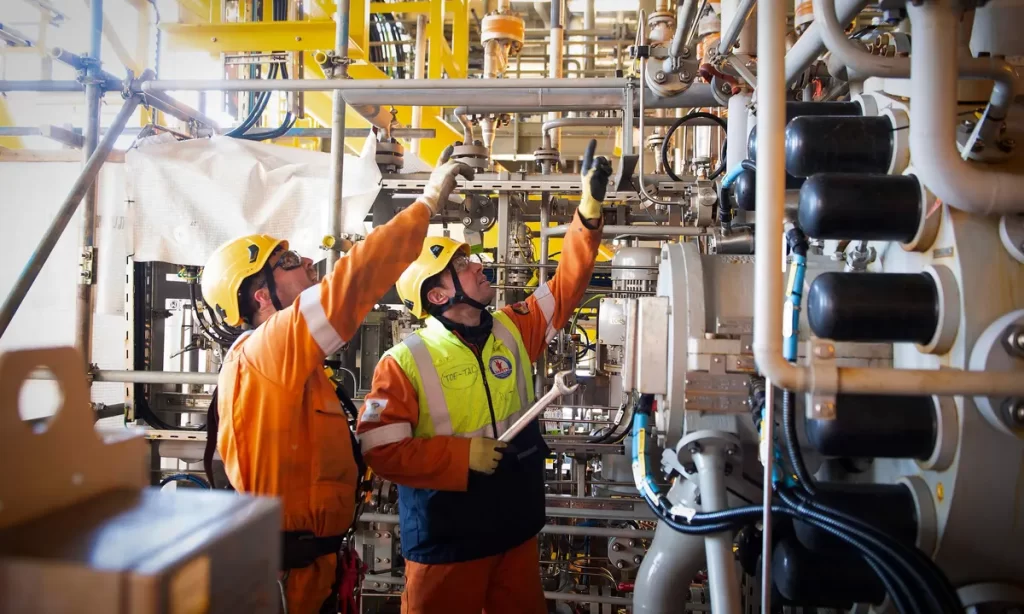
Workers should receive comprehensive training on the layout, equipment, and hazards of the worksite. This includes a thorough understanding of safety procedures, emergency response plans, and hazard communication. Workers who are familiar with their worksite are better equipped to identify potential hazards and take the necessary precautions to prevent accidents.
Moreover, workers who are familiar with their worksite can perform their duties more efficiently, which can improve productivity and reduce downtime. Workers who are unfamiliar with the worksite may waste time trying to find their way around, which can lead to delays and decreased productivity.
To ensure familiarity with worksites, companies can provide on-site training, pre-job briefings, and hazard assessments. Additionally, companies can use technology such as virtual reality simulations to train workers on the worksite before they arrive on location. Regular safety inspections and hazard assessments are crucial in identifying and eliminating potential hazards in the workplace.
4. Maintaining a Clean and Tidy Workplace

Maintaining a clean and organized workplace is essential to preventing accidents and injuries in the oil and gas industry. Consistent housekeeping practices can help identify potential hazards and prevent slips, trips, falls, and other accidents. Companies must prioritize consistent housekeeping to ensure a safe and productive workplace.
Consistent housekeeping practices involve keeping the workplace clean, organized, and free of clutter. This includes removing debris, spills, and other hazards from work areas, walkways, and stairways. prevent tripping hazards and other accidents, workers should receive training on proper storage of tools, equipment, and materials.
Moreover, companies must regularly inspect the workplace to identify potential hazards and ensure that housekeeping practices are being followed. So regular safety inspections help identify hazards that may have been overlooked and ensure that corrective actions are taken promptly.
Consistent housekeeping practices also contribute to a positive work environment. A clean and organized workplace can improve worker morale and productivity, as well as enhance the company’s image to customers and stakeholders.To promote consistent housekeeping practices, companies should establish clear policies and procedures for maintaining a clean and organized workplace. Ensure that workers adhere to safety policies and procedures, companies must provide adequate training to them.
5. Ensure Consistent Machine Upkeep
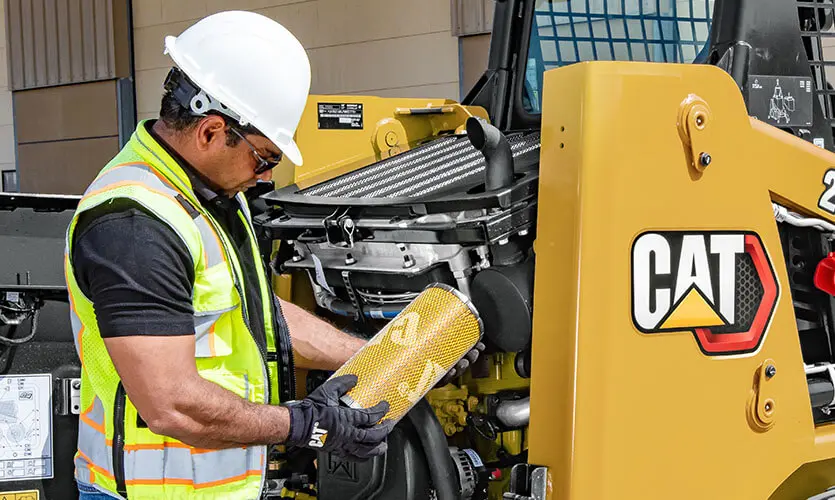
Moreover, to ensure machines are properly maintained, companies must establish clear maintenance schedules and protocols and conduct and document regular maintenance checks to ensure that machines are in good working order. They should address any issues or concerns promptly to prevent further damage or accidents.
Staying on top of machine maintenance also contributes to a more efficient workplace. Properly maintained machines operate more efficiently, reducing downtime and increasing productivity. This can lead to cost savings and improved profitability for the company.To promote staying on top of machine maintenance, companies should establish a culture of safety and maintenance. Workers should be encouraged to report any issues or concerns with machines, and supervisors should lead by example by prioritizing maintenance and safety. Regular training should also be provided to ensure that workers are knowledgeable and competent in using and maintaining machines.
6. Establish a Safety Program that Promotes Worker Collaboration

In the oil and gas industry, safety is a top priority. To ensure a safe workplace, companies must invest in a safety program. That unites workers around a shared commitment to safety. A strong safety program can help prevent accidents and injuries, improve productivity, and enhance worker morale.
A safety program that unites workers involves establishing clear safety policies and procedures. Providing comprehensive safety training, and promoting a culture of safety. To ensure that workers have the knowledge and skills to work safely. Therefore, companies should actively involve them in developing safety policies and procedures and provide them with training on these policies and procedures.
Moreover, companies must promote a culture of safety that emphasizes the importance of safety in all aspects of work. So it can promote a culture of safety. Companies can actively achieve this by encouraging workers to report safety concerns. Recognizing and rewarding safe behavior, and holding workers accountable for unsafe behavior.
Investing in a safety program that unites workers can also lead to improved productivity. That also make workers who feel safe and supported are more likely to be productive and engaged in their work. A safety program can also reduce downtime by preventing accidents and injuries that can lead to work stoppages. Moreover, to promote a safety program that unites workers. Companies should establish a safety committee that includes workers from all levels of the organization. This safety committee should be responsible for monitoring safety performance, identifying areas for improvement, and promoting safety awareness throughout the organization.
III. Protect Hands at a Work Site with PSC handsfree Tools
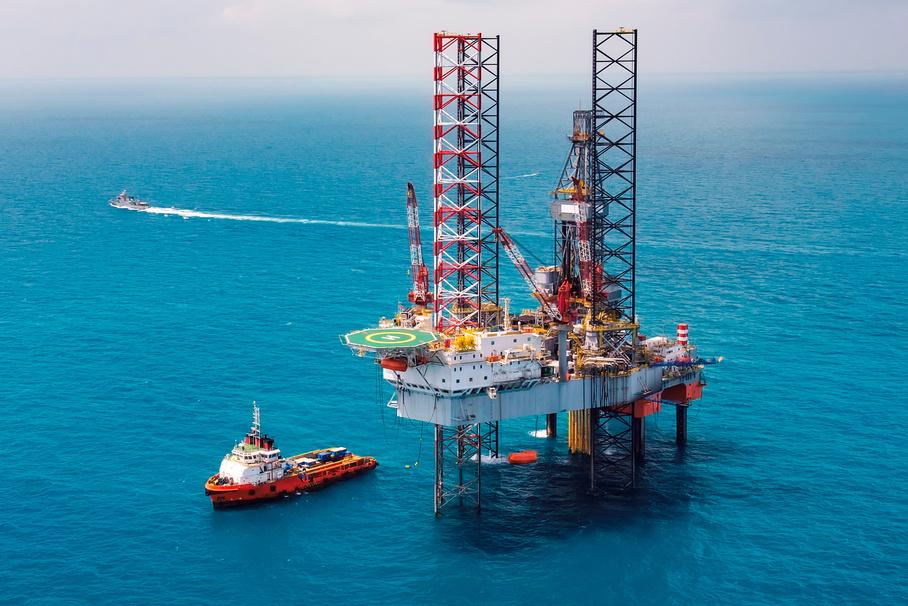
Project Sales Corp assists companies with reducing downtime, improving productivity and enhancing safety. We export our Hands-Free Safety Tools to over 18 countries worldwide, helping companies mitigate hand injuries in the oilfield. Our sealing compounds enable power stations to produce power reliably. Our specialty lubricants allow reliable operation of equipment below and above the water line. Our steel mill rolls help reduce downtime and enhance production in bar and rod mills. We introduce several products in Indian markets. That will help eliminate hand and finger injuries while handling suspended loads and performing various tasks in the workplace:
- TAGLINES: A tagline is a rope attached to a load during a lifting operation to allow a rigger to control swinging and/or rotation of a suspended load.
- PUSH/PULL POLES: Provides a safety zone to personnel to manoeuvre and guide suspended loads while avoiding pinch points and crush points.
- HANDS-OFF TOOLS: Offers the most complete range of hands-off safety tools that helps in keeping hands away.
- TAGLINE RETRIEVER TOOLS: helps in safely retrieve taglines without the personnel going too close to the load and putting oneself in the danger spot.
GET IN TOUCH WITH US NOW
28, Founta Plaza | Suryabagh | Visakhapatnam 530020. AP | India
Sales Team [email protected]
Dispatch Details – [email protected] +91-772-9990-662
Phone No’s: (+91) 96031-66448; 8341687930
www.pscrigconsumables.com I www.pscropesoapdope.com
In conclusion, the gas and oil industry is a high-risk industry. That requires the implementation of workplace safety solutions to protect workers from hazards. By implementing these six essential safety solutions. Therefore, the industry can reduce the risk of accidents and create a safer work environment for all workers. It is important to regularly review and update these safety solutions. So, they are effective in protecting workers from the specific hazards encountered in the gas and oil industry.
